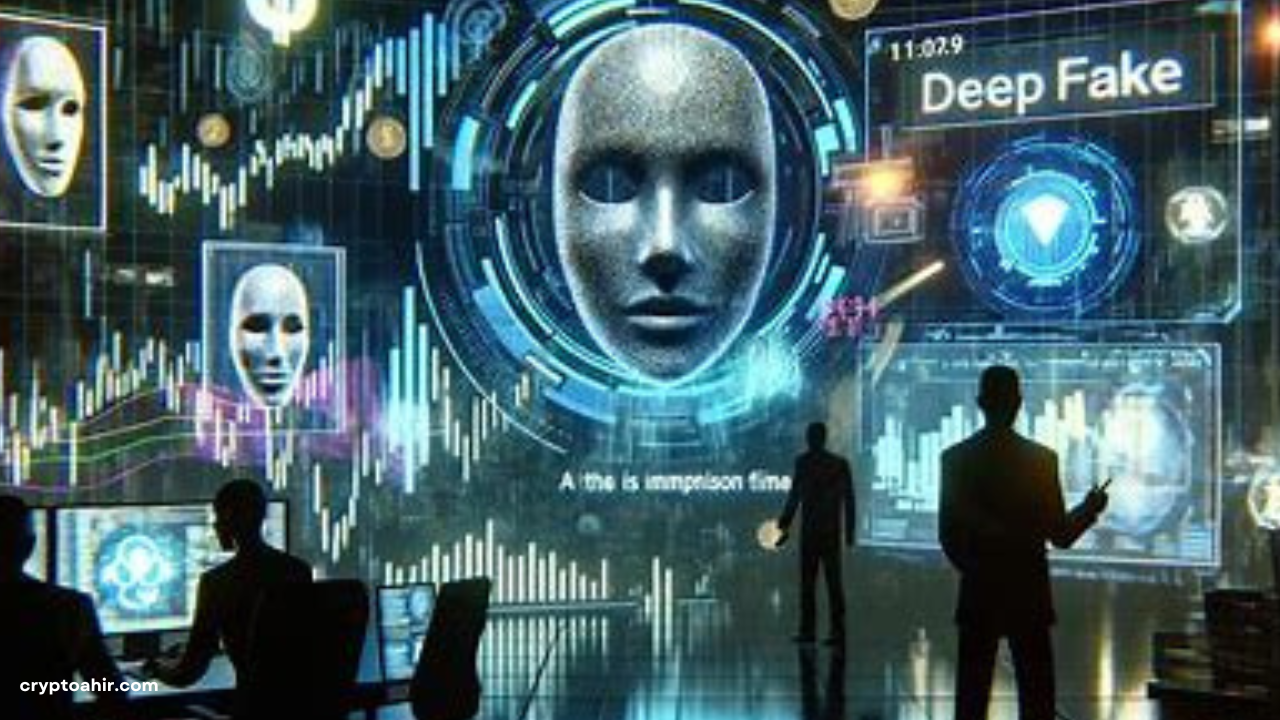Since artificial intelligence capabilities are becoming more and more potent every month, deepfakes are becoming a bigger menace.
Although doctored movies are frequently used to promote fraudulent cryptocurrency investment schemes, they may also be used as a weapon to propagate false information, which spreads quickly online.
In recent days, Fox News personality Laura Ingraham’s encounter with Donald Trump at the White House provided a hilariously awful illustration of this.
It seemed to depict the president lowering the drapes to display a framed copy of the whitepaper on Bitcoin in the Oval Office with pride.

An unprofessional graphic that said, “TRUMP SHOWS LAURA THE BITCOIN WHITEPAPER,” was included with the tape, seemingly suggesting that the video had been shown on television.
However, articles like this highlight a crucial point: cryptocurrency aficionados must be more watchful than ever and challenge the posts they come across online.
So, let’s quickly review some best practices for identifying deepfakes.
Examine the Face Detailed
Even though AI models are capable of creating some very realistic videos, they are not flawless. Their ability to accurately mimic human expressions is one of their weaknesses.
According to MIT experts, when watching a person’s video, pay close attention to their forehead and cheeks to determine if they are wrinkled or excessively smooth. Keep an eye out for excessive or insufficient blinking. Additionally, pay attention to the lips since abnormal movement may be a sign that they are speaking.

What Do They Say?
This subsequent piece of advice is closely related to the warning signs of a cryptocurrency fraud in general. Consider this if you saw a video like Michael Saylor or Elon Musk promoting an investment opportunity: would they actually be seen making unrealistic claims in such a clip?
The average American sees nearly three deepfake videos per day, according to startling McAfee data. To make matters worse, hackers are increasingly taking over celebrities’ X accounts in order to peddle tokens.
Examine the Comments
With tools like “Community Notes,” communities on Facebook and X may be rather effective at identifying when a deepfake video is being circulated. But occasionally, warnings may not show up for several hours.
Examining the comments beneath a clip is a smart backup strategy because people frequently point out instances of AI being misused.
Risks are really high!
Spreading knowledge about the warning indicators of deepfakes is essential.
One guy was duped into investing his assets in a fraudulent cryptocurrency exchange after viewing a distorted video of a British celebrity, which ultimately cost him $35,000.
A journalist known as a “money saving expert,” Martin Lewis, termed the popularity of these videos “frightening” and urged the government and regulators to act quickly to safeguard the public.
Additionally, cryptocurrency companies may become susceptible. Hackers were able to attack several projects by posing as Patrick Hillman, the former chief strategy officer of Binance.








